Background
The XV-8 PI'I is yet another technology demonstrator (mainly for VTOL). Its airframe was heavily inspired by the SAAB-37 Viggen, and the VTOL system of a swivel duct plus lift fan was based on the F-35 (Or Yak 141 if you care that much). Another way you can think of it is a Convair Model 200 with Viggen wings.
The forward lift engine doesn't swivel (horizontally at least), instead I used a sine function. So the vertical component of a triangle defined by the VTOL angle is the thrust equal to that of an engine at that angle.
Controls
Activate 1: Enable VTOL (open main engine fairing, lift fan doors, and enable main engine gimbal, VTOL down to swivel engines)
Activate 3: Enable afterburner (above 90% throttle, doesn't activate when VTOL-ing)
Activate 4: Turn on cockpit lights (everything minus radar and HUD... for some reason...)
Activate 5: Turn on radar (fake radar and HUD)
Activate 7: Enable thrust reverser (functions as normal in conventional flight, in VTOL it will try to slow the forward velocity to zero... I know it doesn't make sense to have a thrust reverser work in VTOL but whatever)
Notes
HUD: Slightly updated version of the HUD that I used on the YF-12 'IO LANI.
VTOL FT (IMPORTANT): The main purpose of this craft was to test level hovering, which it does pretty well. In VTOL flight, 50% throttle (There is a light on the throttle dial at 50%) represents a hover. Above 59% (deadzone of 10%) will cause the craft to rise, and below 50% will cause it to descend. For transitioning, when VTOL is less than 50% (engine tilted less than 45 degrees), the FT hover assist will stop, and throttle will directly control throttle again.
FT Hover Assist (For Technical People): This system, when VTOL mode is active and VTOL angle is less that 45 degrees, will take the total thrust of both engines (main and lift, not accounting VTOL angle), and given the mass of the craft (taking into account fuel level), calculate the thrust required to exactly match the weight of the craft. This will cause net zero acceleration. With another expression that corrects for vertical velocity, the craft can maintain a relatively stable hover (and another that takes the throttle percentage to control ascent and descent speed). All you need to know is the total thrust of all engines that will help with VTOL, the dry mass (weight with no fuel), and wet mass (weight with full fuel). You also need to balance the craft so that it more or less goes straight up without much help (mess around with power multipliers if you have to).
Main engine: clamp01(Activate1?(VTOL>-0.5?Throttle:((17597+(28016-17597)*Fuel)/92168)-(rate(Altitude)/10)+(floor((Throttle-0.5)*10)/10)):Throttle)
17597 is the dry mass
28016 is the wet mass
92168 is the total engine thrust
The difference between the wet and dry mass is the mass of fuel. Multiply the total mass of fuel by the percentage of fuel left, add the dry mass and you have an accurate representation of the current mass of the craft (I'm too lazy to account for any missiles/bombs). Divide the current mass by the total possible thrust and you get the amount of thrust needed to maintain a hover.
FT hover assist template: clamp01(Activate1?(VTOL>-0.5?Throttle:((DRY+(WET-DRY)*Fuel)/TOTAL THRUST)-(rate(Altitude)/10)+(floor((Throttle-0.5)*10)/10)):Throttle)
Sorry for the bad explanation. I hope some people find this useful!
Attitude indicator from WIZARD2017
Enjoy!
Miror, Creare, Explorandum
Specifications
General Characteristics
- Created On Windows
- Wingspan 24.6ft (7.5m)
- Length 39.4ft (12.0m)
- Height 13.8ft (4.2m)
- Empty Weight 17,597lbs (7,982kg)
- Loaded Weight 28,015lbs (12,707kg)
Performance
- Power/Weight Ratio 3.81
- Wing Loading 11.3lbs/ft2 (55.0kg/m2)
- Wing Area 2,485.1ft2 (230.9m2)
- Drag Points 5203
Parts
- Number of Parts 407
- Control Surfaces 7
- Performance Cost 1,962

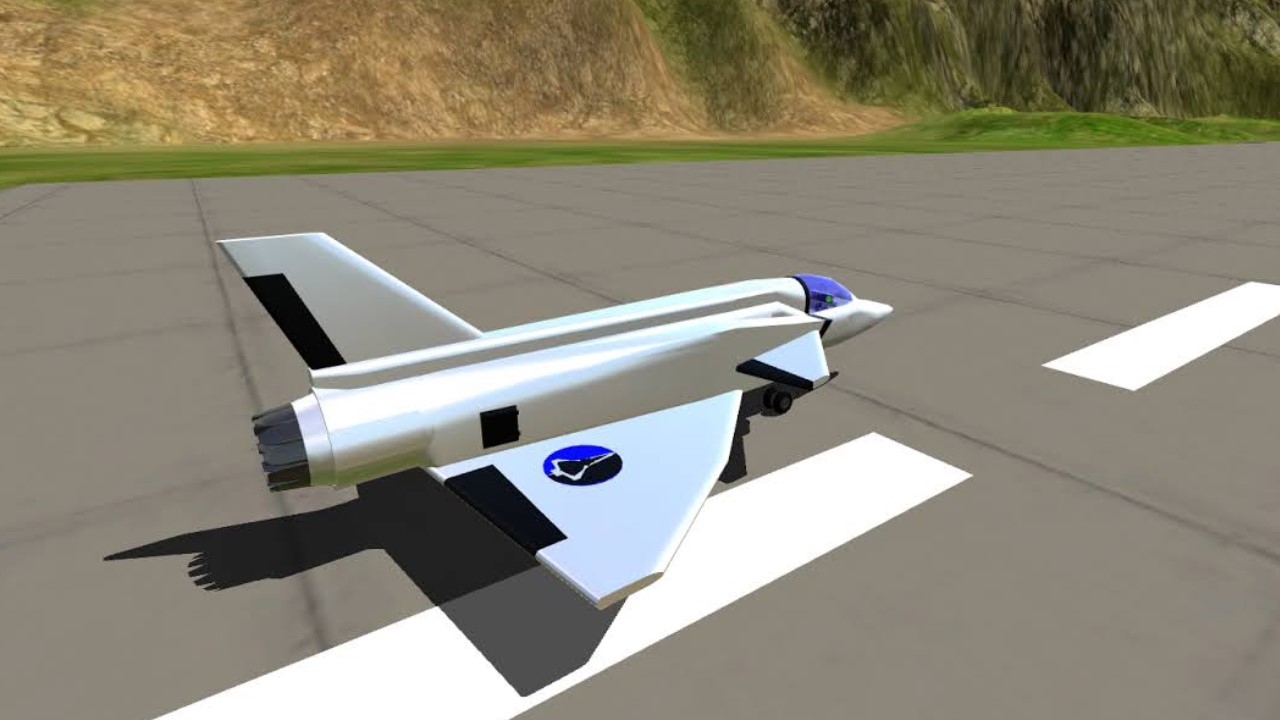
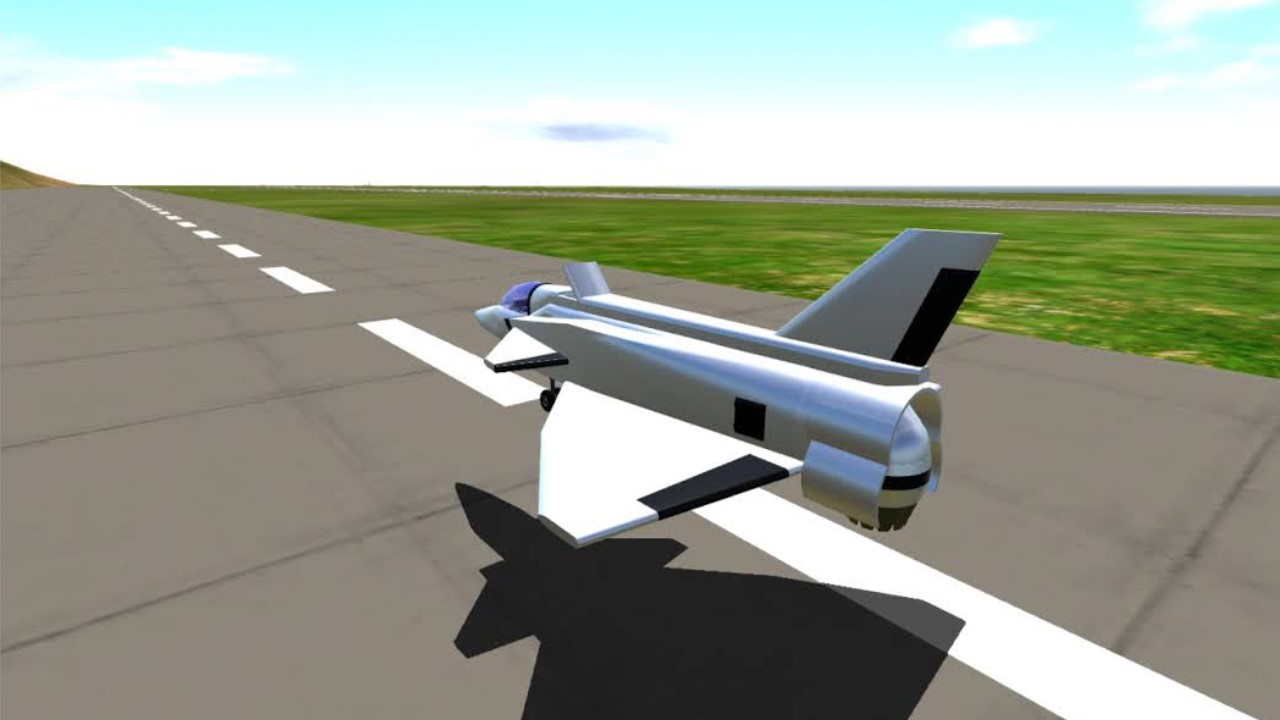
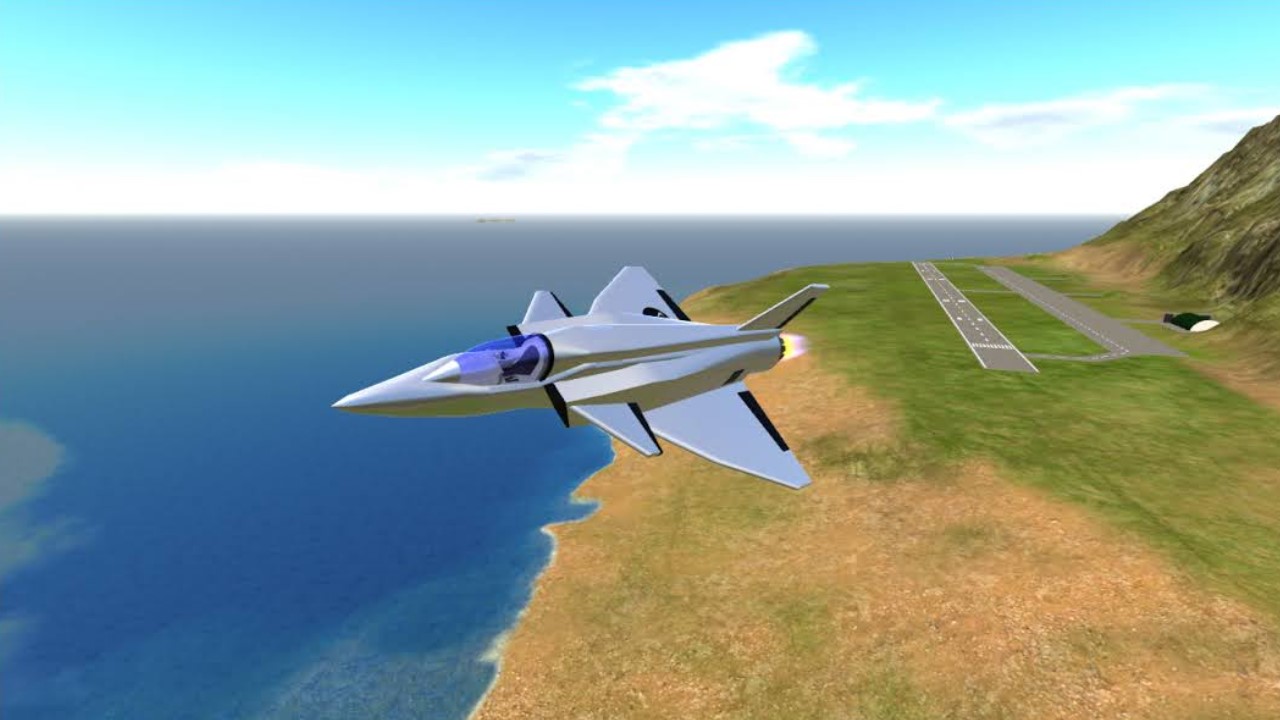

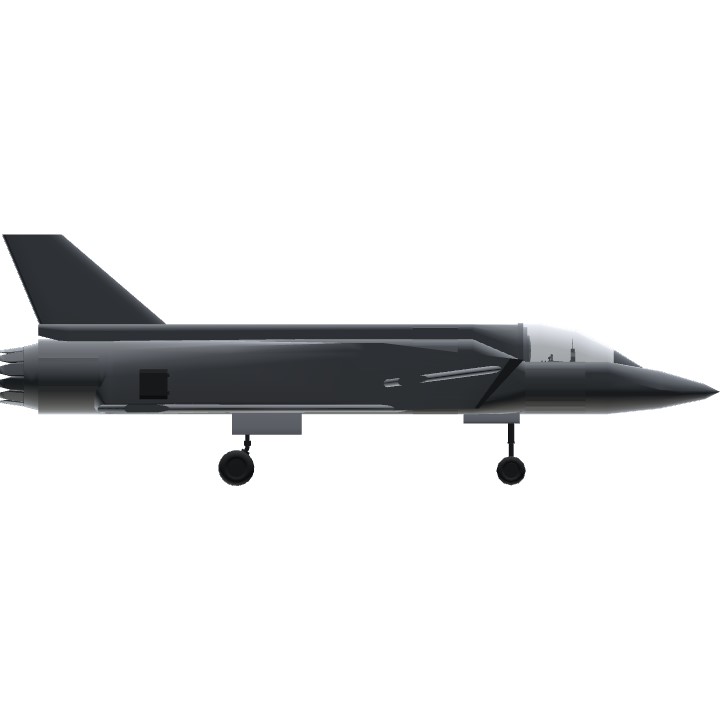
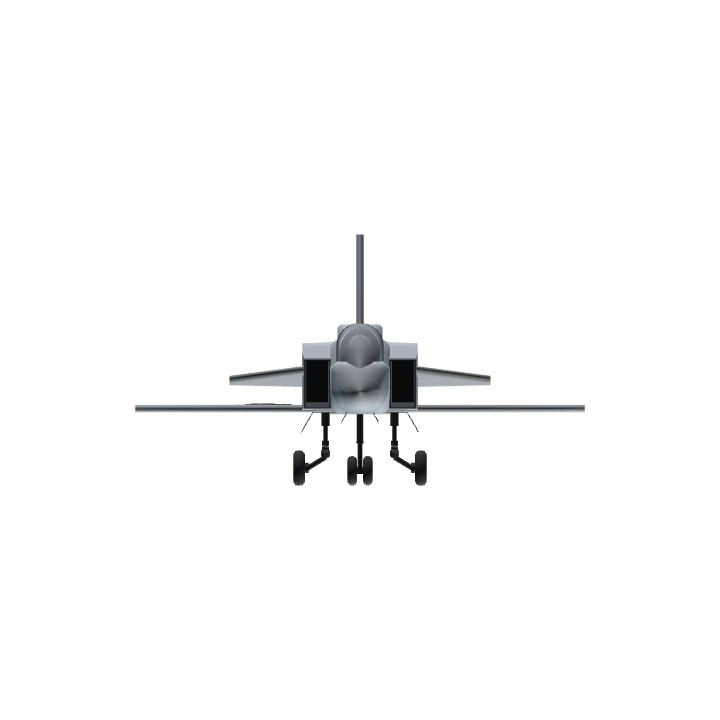
@airlinerbuilder Thank you!
wow this is really nice, keep up with the work :)
@TheRealJBerry Wow! That was fast. Thanks so much!